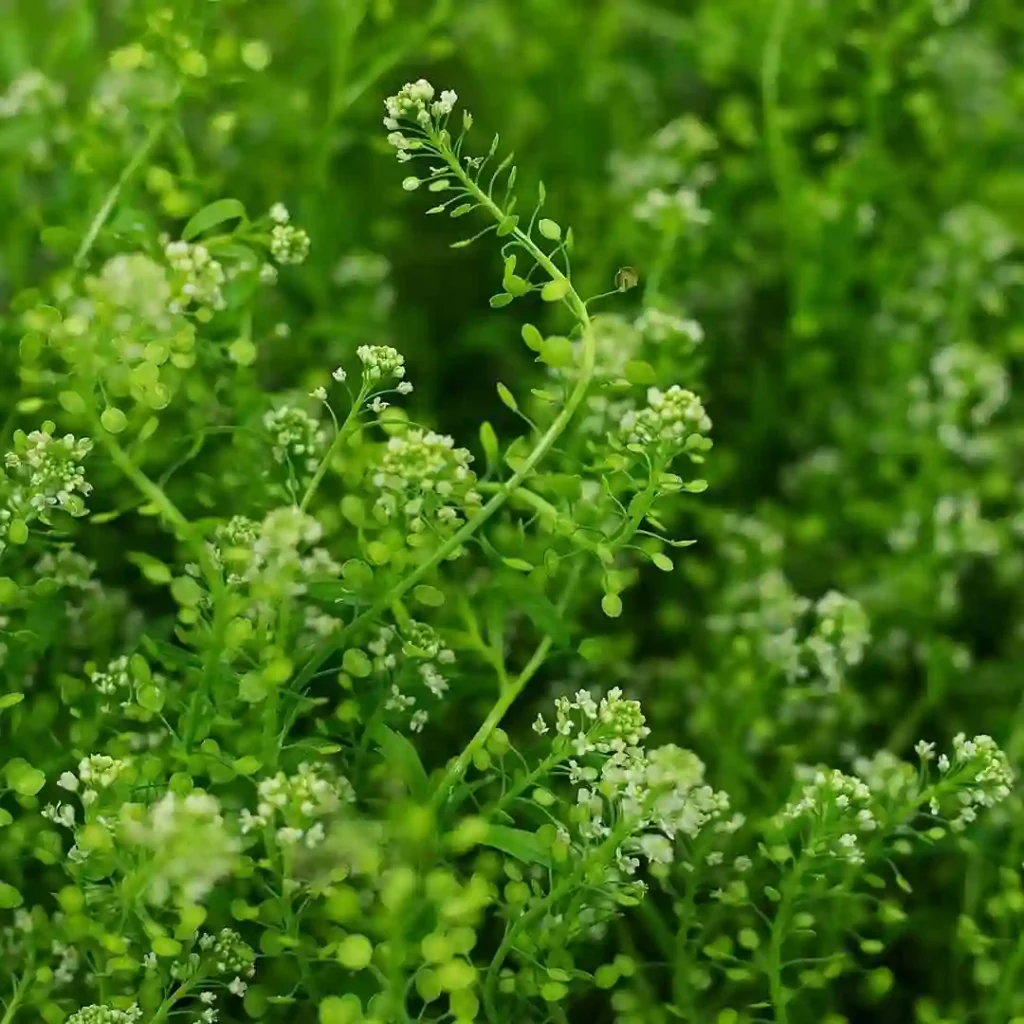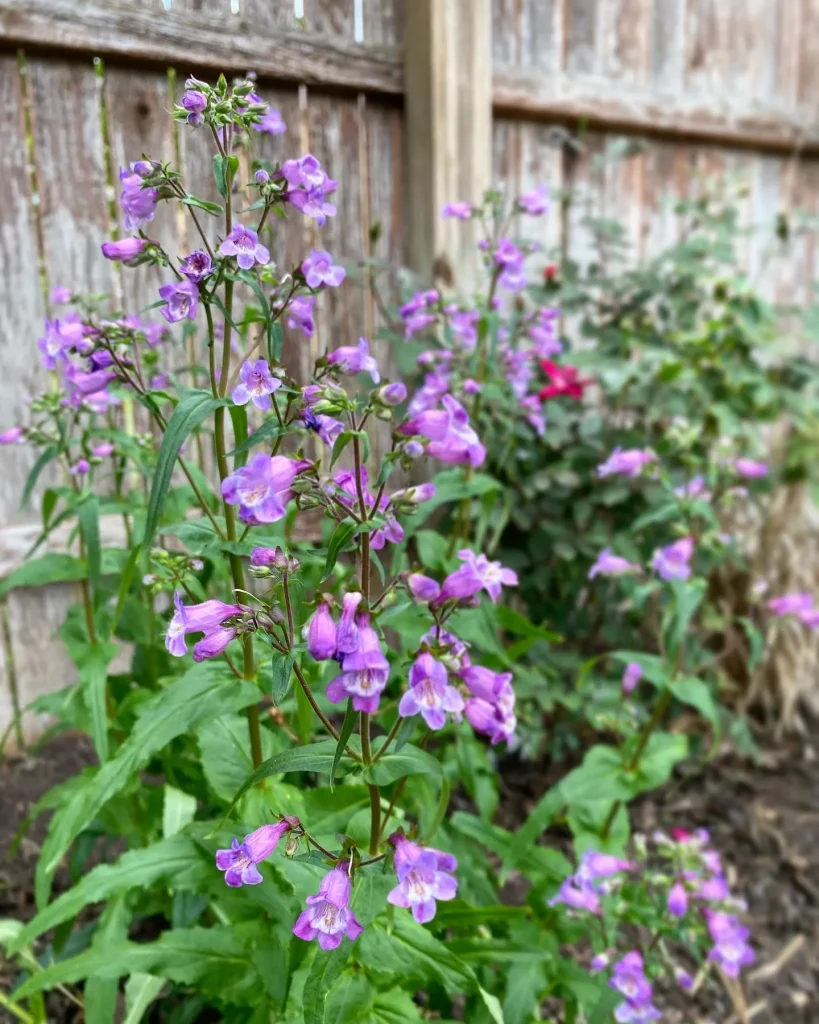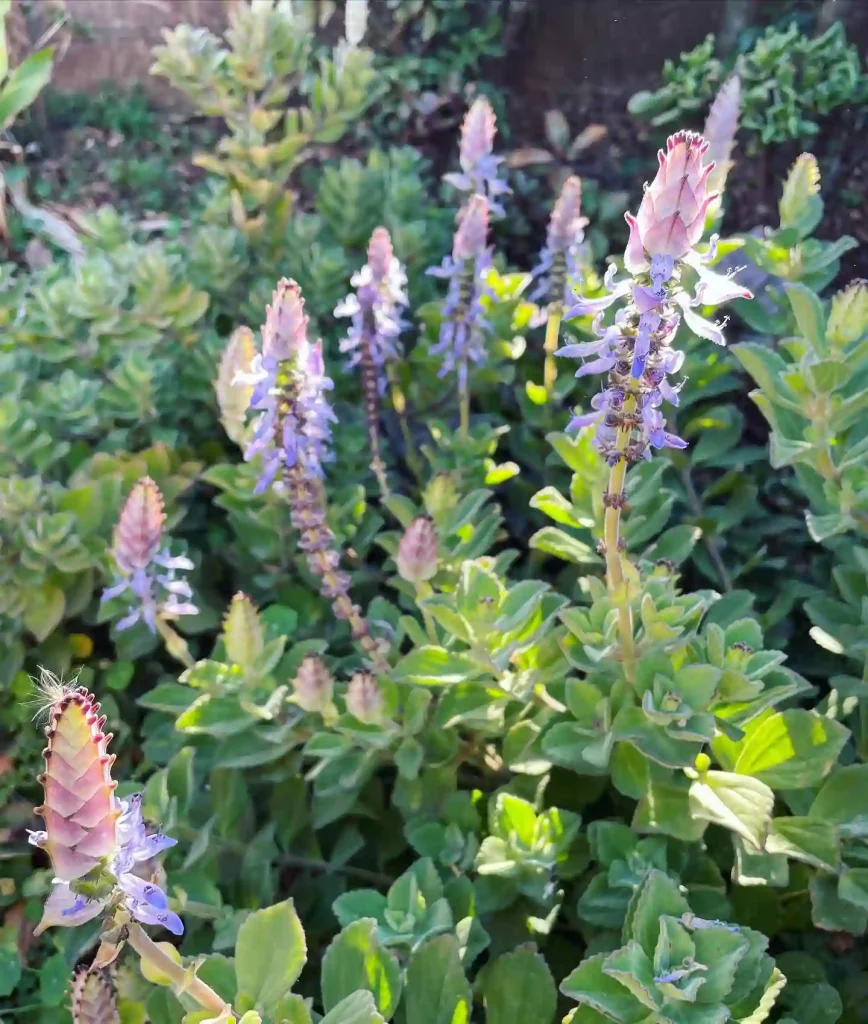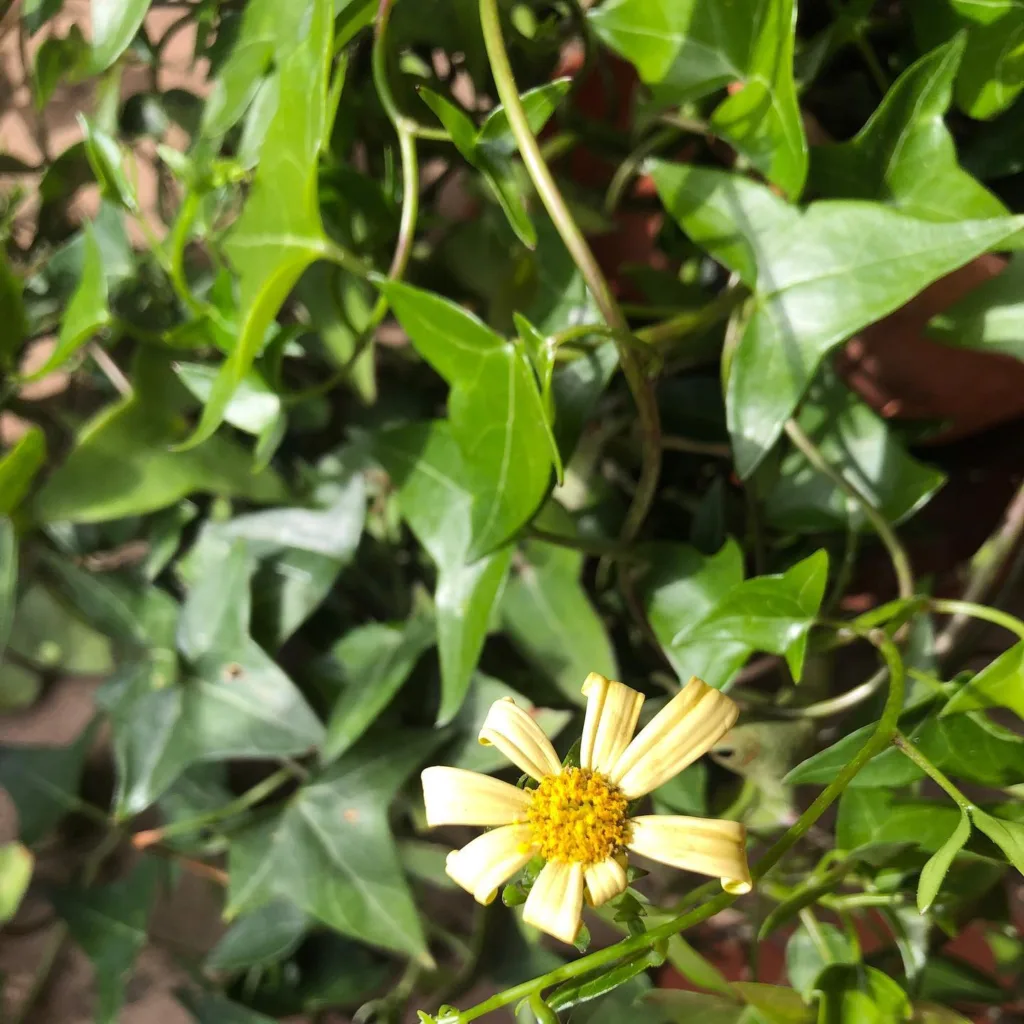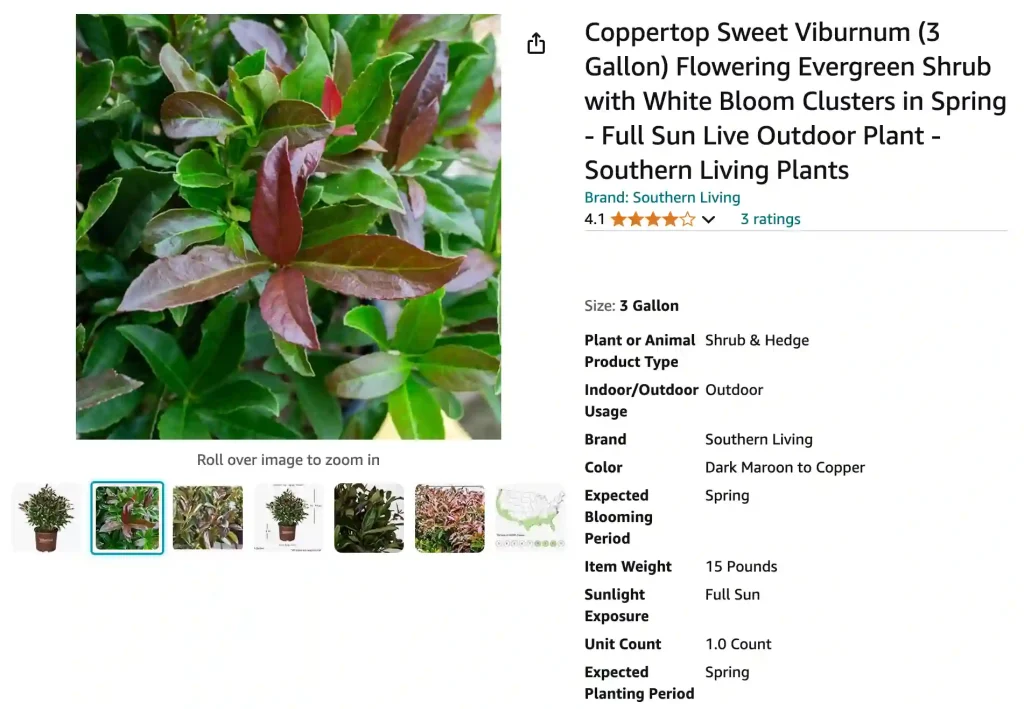
FAQs About Coppertop Viburnum
As an avid gardener, I often find myself exploring unique plants that can enhance my landscape. One such gem is the Coppertop Viburnum. Known for its vibrant foliage and beautiful blooms, this shrub has caught my eye. In this article, I’ll share answers to frequently asked questions about Coppertop Viburnum, from its growth rate to its care needs.
206 Species in Genus Viburnum
What Is Coppertop Viburnum?
Coppertop Viburnum is a deciduous shrub known for its striking copper-colored leaves, which mature to a rich green. It also produces clusters of white flowers in spring, followed by attractive red berries in fall. The plant’s unique foliage makes it a favorite among landscape designers and gardeners alike. It’s a versatile shrub that can serve as a focal point, hedge, or backdrop in mixed borders.
How Fast Does Coppertop Viburnum Grow?
One of the first questions I had was about its growth rate. Coppertop Viburnum typically grows at a moderate pace, reaching about 3 to 5 feet in height and width over several years. In optimal conditions, you can expect it to gain around 1 to 2 feet per year. Factors like soil quality, sunlight, and water availability play significant roles in its growth speed. If you provide the right conditions, this plant can quickly become a standout feature in your garden.
How to Care for Coppertop Viburnum?
Caring for Coppertop Viburnum is relatively straightforward. Here are some essential tips:
- Sunlight: This shrub thrives in full sun to partial shade. Aim for at least 4 to 6 hours of sunlight daily for the best growth and foliage color.
- Soil: A well-draining, loamy soil is ideal. It can tolerate a range of soil types but prefers slightly acidic to neutral pH levels.
- Watering: Regular watering is crucial, especially during the first year after planting. Ensure the soil remains moist but not waterlogged. Once established, the plant is somewhat drought-tolerant.
- Fertilization: Applying a balanced fertilizer in early spring can promote healthy growth. I usually use a slow-release formula to support my plants throughout the growing season.
- Pruning: Light pruning after flowering helps maintain its shape and encourages new growth. I recommend removing any dead or damaged branches as well.
How to Propagate Coppertop Viburnum?
If you want to propagate Coppertop Viburnum, the best method is through softwood cuttings. I typically take cuttings in late spring or early summer when the new growth is soft. Here’s a quick guide:
- Select healthy stems and cut them to about 6 inches in length.
- Remove the lower leaves, leaving a few at the top.
- Dip the cut end in rooting hormone to promote root development.
- Plant the cuttings in a well-draining potting mix and keep them moist.
- Place them in a shaded area until roots develop, which usually takes a few weeks.
What to Plant With Coppertop Viburnum?
When planning your garden, consider companion plants that complement the beauty of Coppertop Viburnum. I often pair it with flowering perennials like daylilies and coneflowers for vibrant color contrasts. Additionally, low-growing groundcovers, such as creeping thyme, can help with moisture retention and prevent weeds.
Can You Grow Coppertop Viburnum Indoors?
While Coppertop Viburnum is primarily suited for outdoor gardens, it can be grown in containers indoors if given sufficient light and space. However, indoor conditions can make it challenging to achieve the same vibrancy and growth as in a garden setting. If you’re considering this option, place it near a bright window and ensure it has adequate drainage.
Is Coppertop Viburnum Toxic?
One concern for many gardeners is plant toxicity. Thankfully, Coppertop Viburnum is not considered toxic to pets or humans. Its berries are not harmful, but they are not typically eaten, so it’s best to admire them rather than consume them.
What Are the Benefits of Coppertop Viburnum?
The benefits of Coppertop Viburnum extend beyond its aesthetic appeal. It provides excellent habitat for pollinators, including bees and butterflies. The berries can also attract birds to your garden, enhancing biodiversity. Additionally, its dense growth makes it an effective privacy hedge or windbreak.
Common Problems with Coppertop Viburnum
While Coppertop Viburnum is relatively low-maintenance, it can face some challenges. One common issue is powdery mildew, especially in humid conditions. Ensuring good air circulation and proper spacing can help prevent this problem. Additionally, watch for pests like aphids and scale, which can affect foliage health. Regular inspection and prompt treatment can keep these issues at bay.
How Does Coppertop Viburnum Compare with Other Viburnum Species?
When comparing Coppertop Viburnum with other species, such as the Arrowwood Viburnum or the Burkwood Viburnum, the differences are quite pronounced. Arrowwood Viburnum tends to have a more shrub-like form, while Burkwood Viburnum is often recognized for its fragrance. Each variety has its unique charm, but the striking foliage of Coppertop Viburnum sets it apart in any landscape.
In conclusion, Coppertop Viburnum is a fantastic addition to any garden. Its beautiful foliage, ease of care, and various benefits make it a worthy choice. Whether you’re a seasoned gardener or a beginner, I encourage you to explore this remarkable shrub and enjoy the beauty it brings to your space.
If i die, water my plants!
